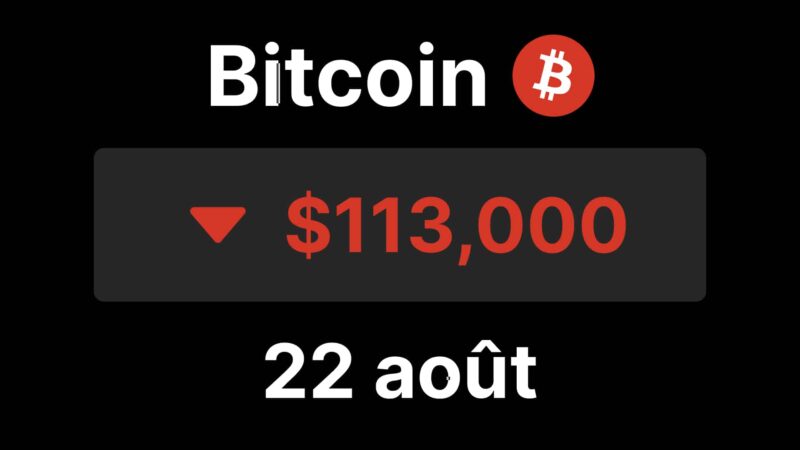The transition to Ethereum 2.0 has been a pivotal moment for the crypto landscape. A major point of interest in this transition has been the ability for ETH holders to participate in the network’s validation mechanism by staking their tokens to support the chain’s security and operation. CoinGecko, the crypto data analysis platform, offers us a detailed insight into the world of liquid staking with its latest report.
Origins of Liquid Staking Derivatives (DSL)
According to CoinGecko’s report, Liquid Staking Derivatives (DSL), like Lido, came into existence following the launch of Ethereum’s beacon chain in December 2020. While this development allowed ETH holders to earn rewards by staking their tokens, the high threshold of 32 ETH to become a validator limited the participation of many small whales. To address this limitation, DSLs were introduced, enabling broader participation and the creation of derivative products on these staked positions.
Current Trend
According to CoinGecko data, DSL protocols represent 43.7% of the 26.4 million ETH staked in August 2023. The significant increase in DSL stakings after the Shapella upgrade underscores their growing popularity.
Lido, a major player in DSLs, has seen a net daily influx of +18K ETH. In terms of yield, the top 8 DSLs have offered an average annual yield of 4.4% since January 2022. Although this yield is attractive, it is likely to decrease as more ETH is staked.
Total Value Locked (TVL) in LSDFi Protocols
A notable development has been the rise of LSDFi protocols (Liquid Staking Derivative Finance). TVL across LSDFi protocols has impressively increased by 5,870% since January 2023, reaching $919.0 million by the end of August 2023.
Lybra dominates this sector, closely followed by EigenLayer and Pendle. These protocols have evolved rapidly, capitalizing on the growing popularity of DSLs.
Concerns about Cartelization and Centralization
The skyrocketing success of LSDFi protocols raises concerns about centralization and cartelization. Dominance by a few major players could limit innovation and increase fees for users. Additionally, excessive centralization could increase risks, such as losses due to hacks.
While the Ethereum liquid staking landscape has experienced remarkable growth, it is crucial for the community to remain vigilant. CoinGecko’s report emphasizes the importance of open dialogue regarding challenges and potential solutions.
Ethereum’s transition to a proof-of-stake mechanism has paved the way for innovations such as liquid staking derivatives and LSDFi protocols. As highlighted in CoinGecko’s report, striking a balance between growth, decentralization, and security is crucial. For a comprehensive analysis, feel free to consult CoinGecko’s complete report.




